When A24 sent out the first poster for Alex Garland’s “Civil War” late last year, it appeared remarkably cheap and insincere. Film studios have never shied away from producing films that lock onto current political discourse. Yet, for a production company that is treated and treats itself as something better, A24’s choice to produce a film titled “Civil War” in a heated election year felt particularly wrong. It was so unsubtle, playing into American fears to pull eyes to the screen. Of course, it worked, garnering conversation nearly immediately and guaranteeing the studio would have another movie to dominate film conversation.
While this marketing approach is still distasteful in hindsight, it becomes ironic upon seeing the film where the titular civil war takes a backseat to a far more interesting and universal conversation.
In “Civil War,” a team of journalists journey to Washington, D.C. in a dystopian America that finds itself in a war against itself.
What Truth Takes
Trailers have depicted Garland’s new thriller as an action epic that takes “left versus right” politics to its most violent conclusion. In reality, it’s about the difficulties of being a journalist.
The opening sequence follows Lee (Kirsten Dunst) trying to take photos of a chaotic clash. In these moments, it becomes apparent the film has little stake in what the civil war is about. Rather, as Dunst’s glazed eyes stare emotionless at the shapeless mob of bodies crawling upon itself, it becomes clear what Garland is concerned with.
One might use the word “apathetic” when describing Dunst’s Lee, but this would undervalue the subject approached in “Civil War.” Garland does not paint his quartet of journalists as uncaring — in fact, it is quite the opposite. With each tense scenario our characters find themselves in, the struggle between their hearts and goals as great messengers becomes increasingly intense.
Simply put, Garland wants to dissect what it takes to transition between reality and news with the most authenticity kept intact. Must one be uncaring when capturing the horrors of the world so that someone else can see the reality of the horrors and care? This question is expertly demonstrated in a montage of Dunst’s character taking photos of wounded soldiers and screaming, burning men, all taken with empty eyes.
Jessie (Cailee Spaeny), a newcomer to the world of photojournalism, asks Lee if she would take photos of her if Jessie was shot. Lee responds, “What do you think?”
While done before, Jessie plays as an important foil to Lee’s hardened demeanor. The naive yet determined apprentice with the jaded and wise veteran is a classic narrative pairing. However, given their line of work, Jessie and Lee’s relationship has a unique twist to this cliche. The viewer, already unsure of Lee’s brazen approach to horrible situations in the name of news, is thrown back and forth rooting for Jessie’s evolution on the field. Is it inspiring or heartbreaking as this girl bravely approaches the gunfire and tanks?
Again, Garland in no way is bashing the responsibilities and choices of war photographers. While his questions about the profession are blatantly clear (at times to a fault), he never leads the audience to specific conclusions or answers. It’s left up to the viewer to decide if the importance of spreading news around the world outweighs the chance to save an individual.
Nail-Biting Tension
Beyond the film’s main themes, “Civil War” manages to be one of the most hold-your-breath scary experiences of the year. While the fates of certain characters become predictably apparent early on, each new sequence manages to escalate into unbearable tension.
The film falls into a formula as the journalists come across an unusual sight or scenario that becomes progressively more dangerous the further they explore it. Despite this setup being repeated again and again, it successfully creates overwhelming suspense and dread every time. The height of this is a chilling scene where the journalists are held at gunpoint by a camouflage-covered Jesse Plemons. As a journalist screams “We’re Americans!” Plemmons replies with a stomach-sinking, “What kind of American are you?”
Garland’s direction and overall creative vision are at times shaky. His continued lack of subtly from his last film “Men” unfortunately seeps its way into “Civil War.” Because this film is louder and more bombastic than his last, the crude presentation of his messages works better. Occasionally, however, it still feels a little too obvious. This leaves the film a bit more vapid than perhaps Garland wants it to be. Still, its spotlight on journalism is refreshing in comparison to what the marketing sold.
The greatest trick “Civil War” pulls comes within its anarchic third act when the audience discovers that the desensitization our journalists have accepted has found its way to the viewer. Throughout the film, loud, sudden gunshots purposefully jolt audience members out of their seats. Yet, as the sounds become frequent during the finale, the jumpiness dissipates. Like a sick joke, “Civil War” has asked how many gunshots it takes before you can stare at the violence unflinchingly.








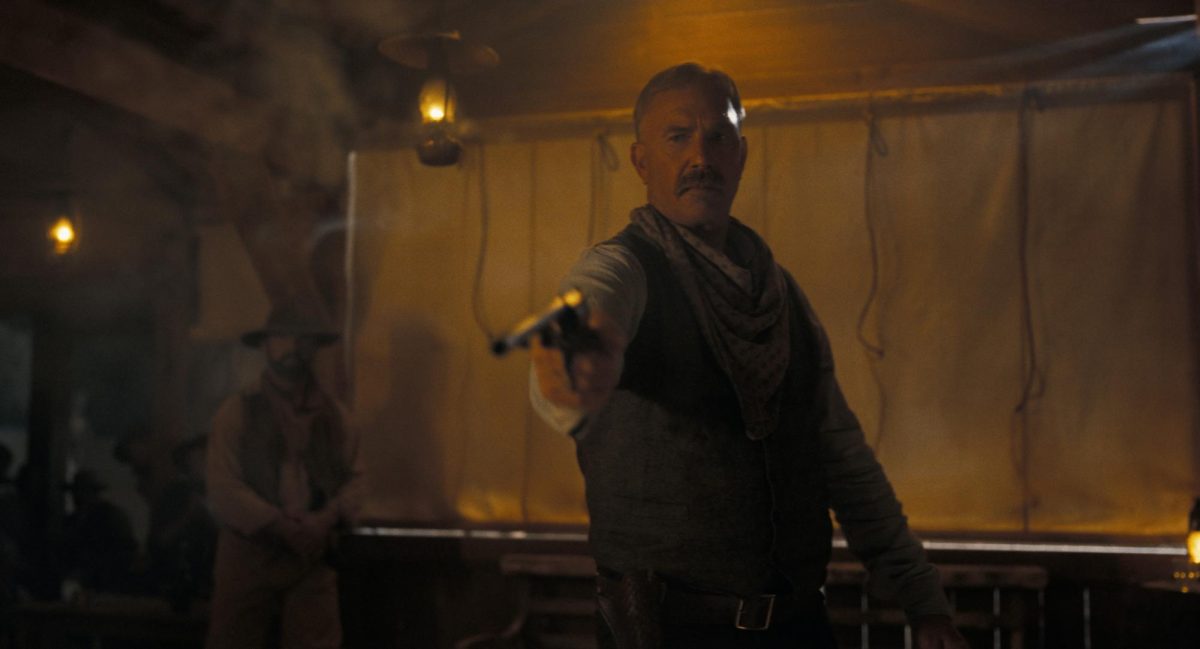



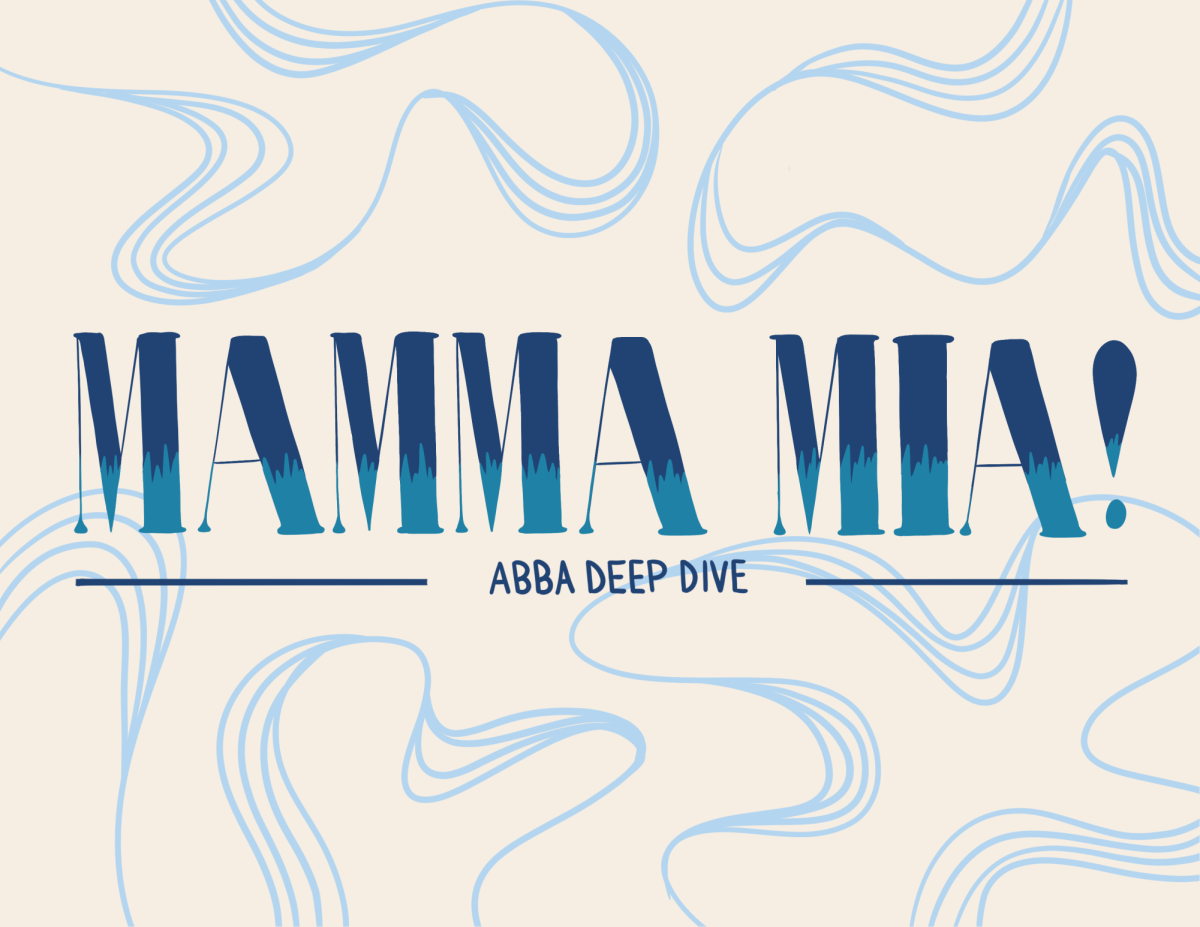
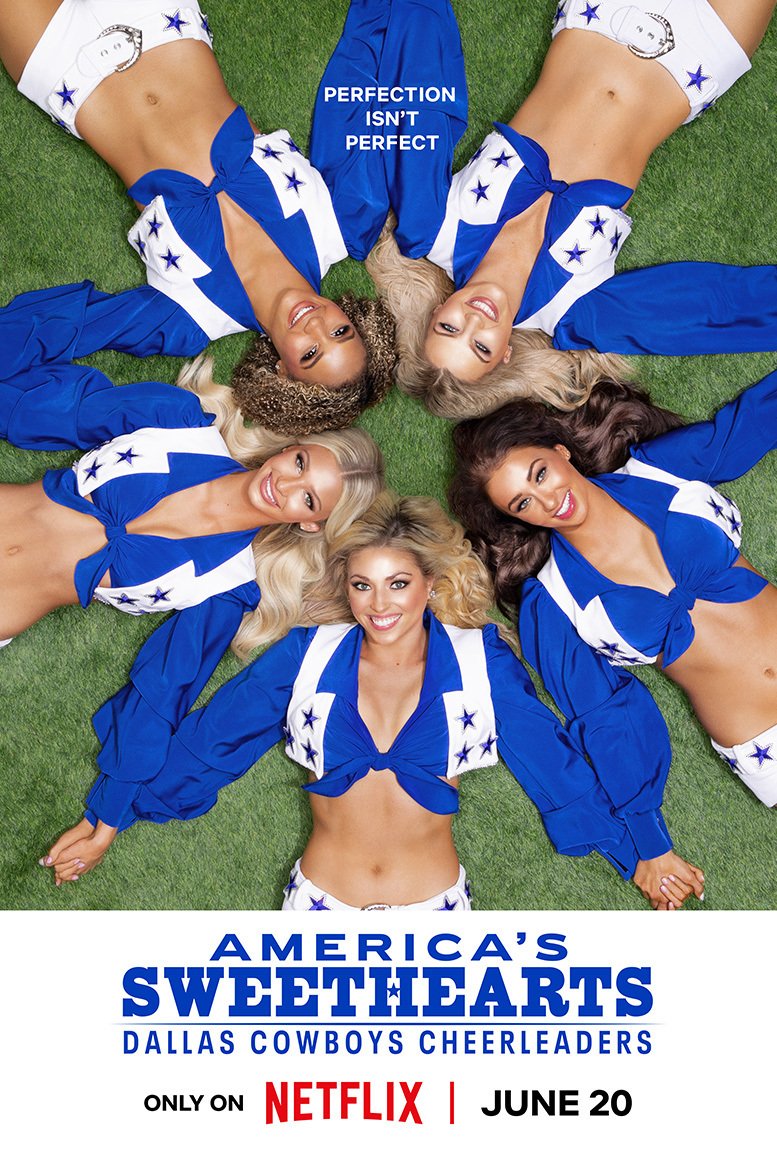
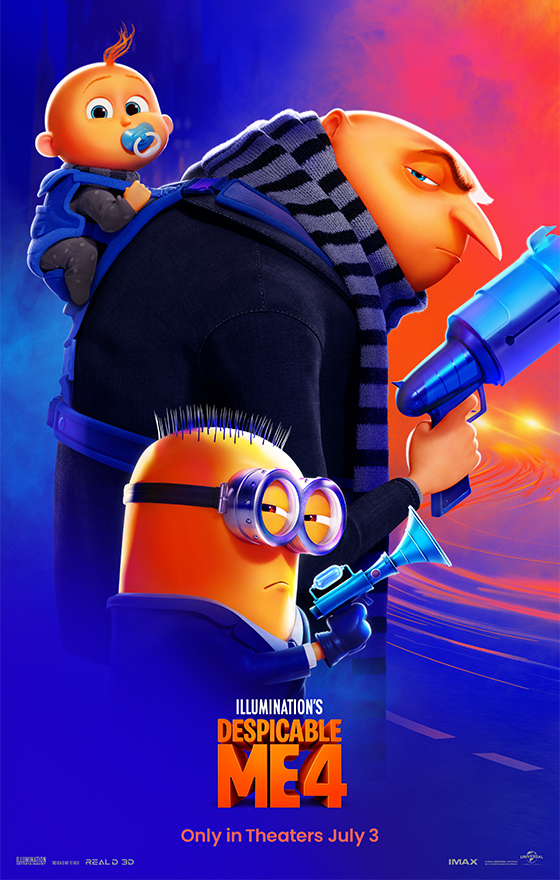
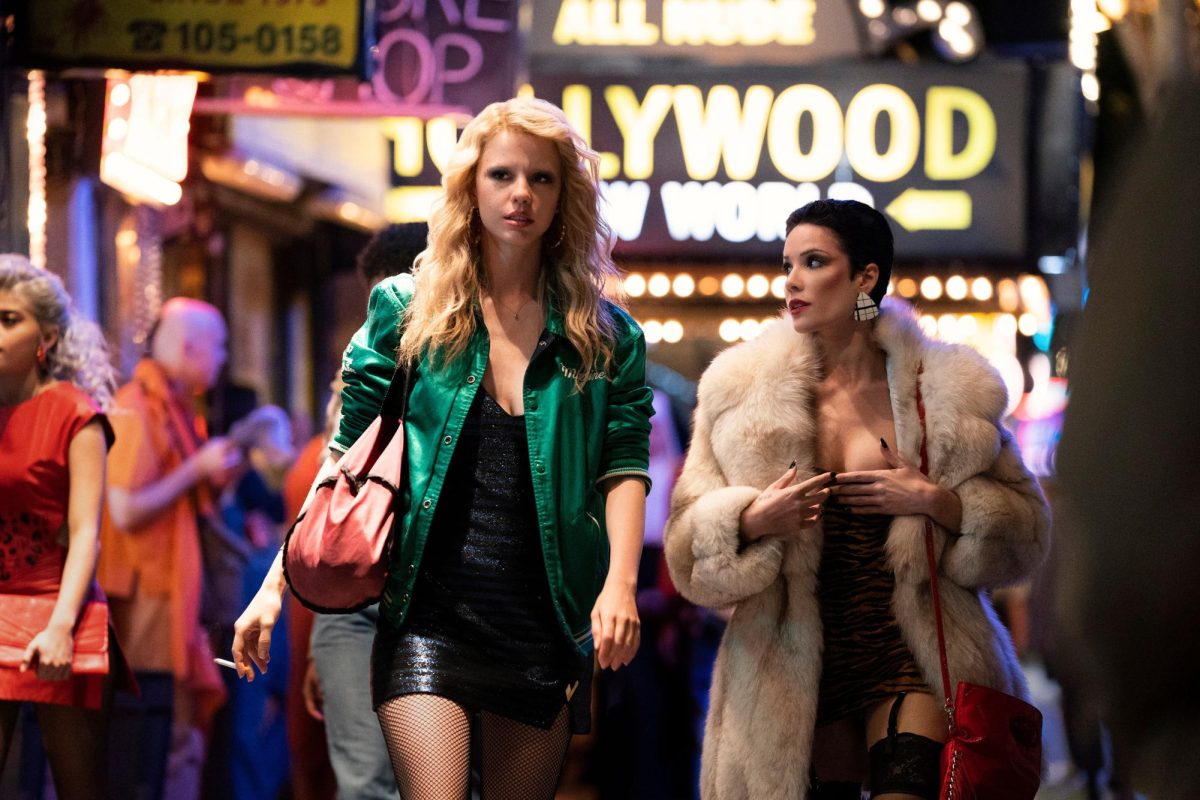
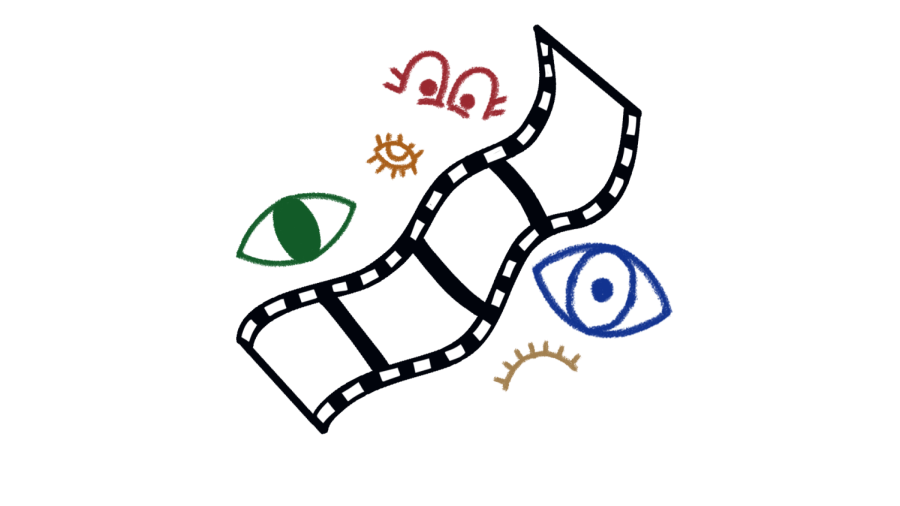
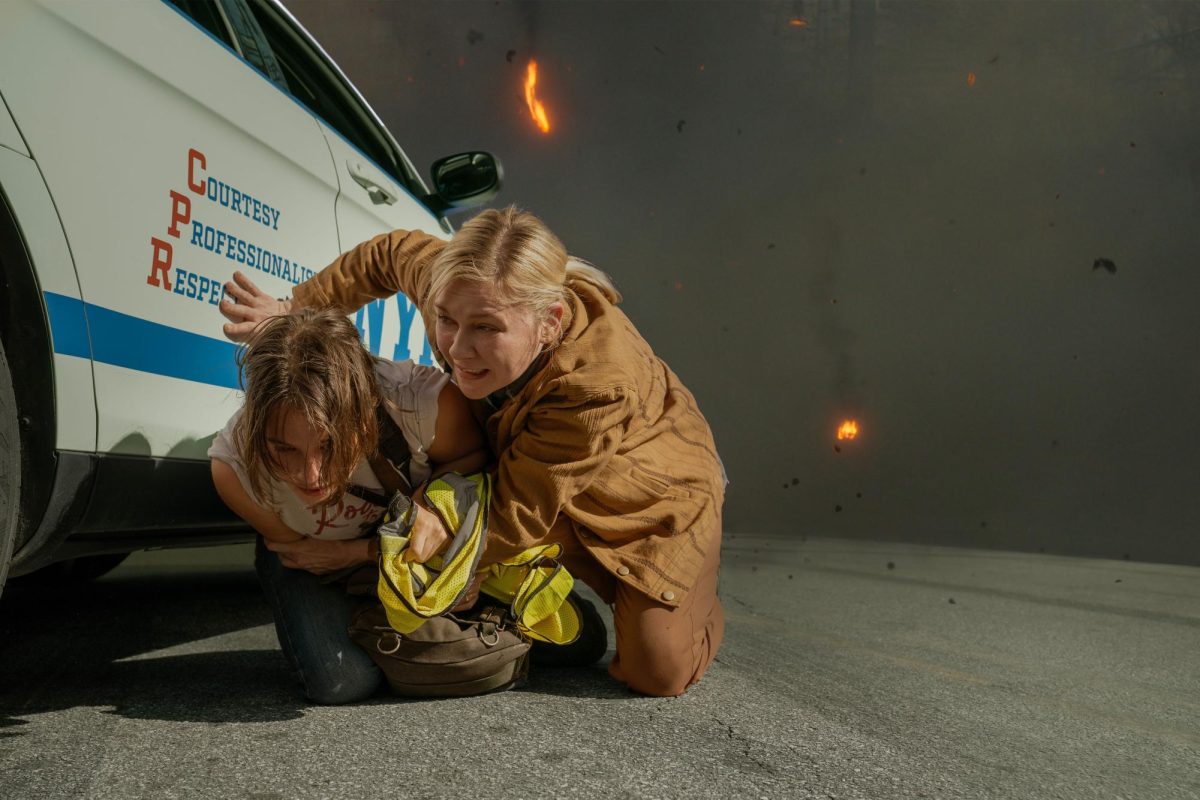

Andre Montoya • Apr 10, 2024 at 12:03 pm
Interesting that Civil War is marketed like a war film but ultimately focuses on journalism (specifically photojournalism). It’s almost like Garland is using this as an opportunity to shift the view to something that’s so under attack today. I’m looking forward to seeing this, great review, Graham!